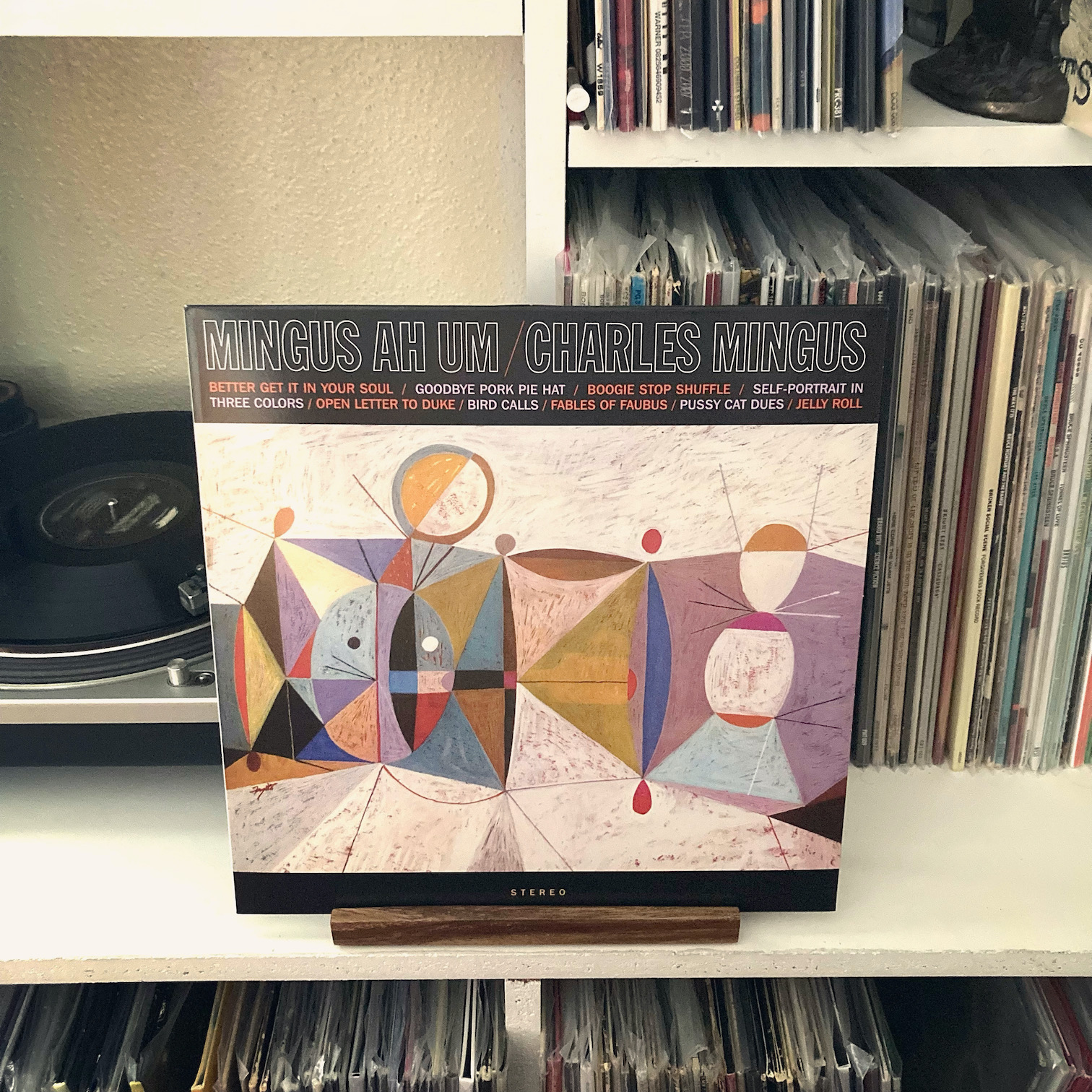
Some years bear a strange significance in music history. Single calendars that compress massive explosions of musical ingenuity within their pages.
In 1967, it was psychedelic and progressive rock. In 1977, it was punk. 1991 brought multiple waves of noisy guitar bands, from grunge to shoegaze to post-hardcore to the massive umbrella of alternative rock.
For jazz, that year was 1959, which saw several seminal releases: Coltrane’s Giant Steps, Brubeck’s Time Out, Coleman’s The Shape of Jazz to Come, and Miles Davis’ Kind of Blue, which is arguably the greatest jazz record of all time by every metric.
But even among such legendary peers, Charles Mingus’ masterpiece, Mingus Ah Um, stands unwavering on its own two feet and swings mightily at all challengers.
Mingus seemed to be a rarity among jazz musicians: a man without pretentiousness or delusions of grandeur regarding his own genius. Instead, he is constantly giving credit to his musical forebears who inspired his work. For my own part, I was introduced to Charles Mingus when my high school jazz band performed “Gunslinging Bird,” a raucous piece dedicated to Charlie “Bird” Parker, which was originally titled “If Charlie Parker were a Gunslinger, There’d Be a Whole Lot of Dead Copycats.” He has a song here entitled “Open Letter to Duke,” which rolls through several movements aping different periods of the Swing Giant’s career. “Jelly Roll” was a tribute to jazz pioneer Jelly Roll Martin, one of the first composers to use improvisation. On “Better Git It In Your Soul,” he plays tribute to the gospel music he grew up hearing at church.
All of these influences are plainly stated, and obvious from the music on the tape. But in heaping praise on his musical heroes, Mingus doesn’t give himself the credit he deserves. Both as a bandleader and a bassist, his furious passion was legendary. In some spots, his voice can be heard crying out, his spirit unable to be contained. His band plays with a similar passion, flitting between tight harmony lines and fierce improvisation. Even the composed sections are sometimes chaotic, such as the birdlike squawks that open “Bird Calls.”
But Mingus’ composition may be where he really shines. Where many jazz composers of that era would write a twelve-bar head and play variations and solos of that ditty for most of the piece, these tracks are elaborate and complex, weaving between many different sections like a classical piece running through movements. “Better Git It…” and “Open Letter to Duke” are the best examples, running through the track without a single head to anchor the piece. Instead, they leap through different meters, tempos, and progressions with catlike swiftness. Even the more subdued “Fables of Faubus,” a protest song against the anti-integration governor of Arkansas, strays far beyond the structure of the coda before returning to it at the close. Also, the song’s lyrics were so inflammatory at the time that Columbia refused to allow them on the record. This version is instrumental, though the full version would appear on Charles Mingus Presents Charles Mingus for Nat Hentoff’s smaller Candid label.
The compositional structure is so strong here, and so frequently chaotic, that it’s often difficult to tell if the band is improvising or if they playing the parts as Mingus wrote them. After all, Mingus was one of the first proponents of simultaneous improvisation, an idea that would later find fruition in the Free Jazz movement. But when the results are as wonderful as “Goodbye Pork Pie Hat,” does it matter?